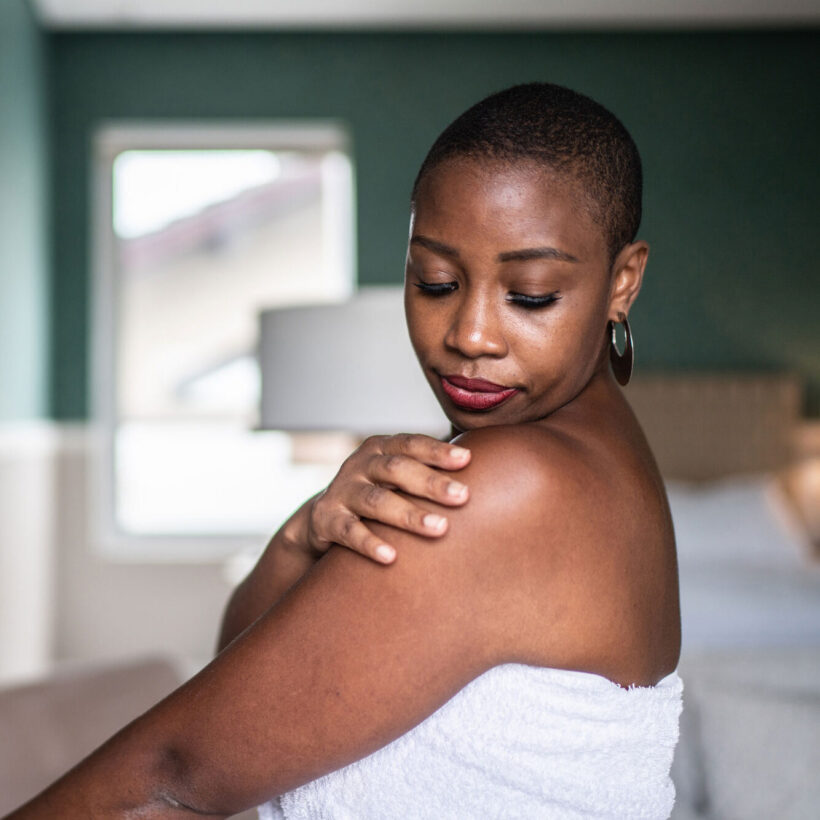Hair removal is an experience — and a curse. With any type of hair removal, there is one thing that may be unavoidable: ingrown hairs. So how do ingrown hairs form? “Ingrown hairs are hairs that grow sideways into the skin,” says Debra Jaliman, M.D., a New York City-based board-certified dermatologist. “They form because the hair curls back instead of growing straight,” she says.
With that in mind, how do you get ingrown hairs? What actually makes the hair curl back and ultimately lead to an ingrown? One way is dry skin buildup that prevents hairs from poking through. Shaving techniques, waxing and other forms of hair removal might also play a part in their formation, especially if a proper prep routine is not followed. Jaliman says ingrown hairs are quite common in areas other than the bikini region including legs, armpits and men’s beards.
The good news is we have got the scoop on what to do about an ingrown hair. With the steps below you can treat and prevent ingrown hairs from happening. Find out what to do about ingrown hairs with these dermatologist-approved ways to promote clearer, smoother, healthier-looking skin.
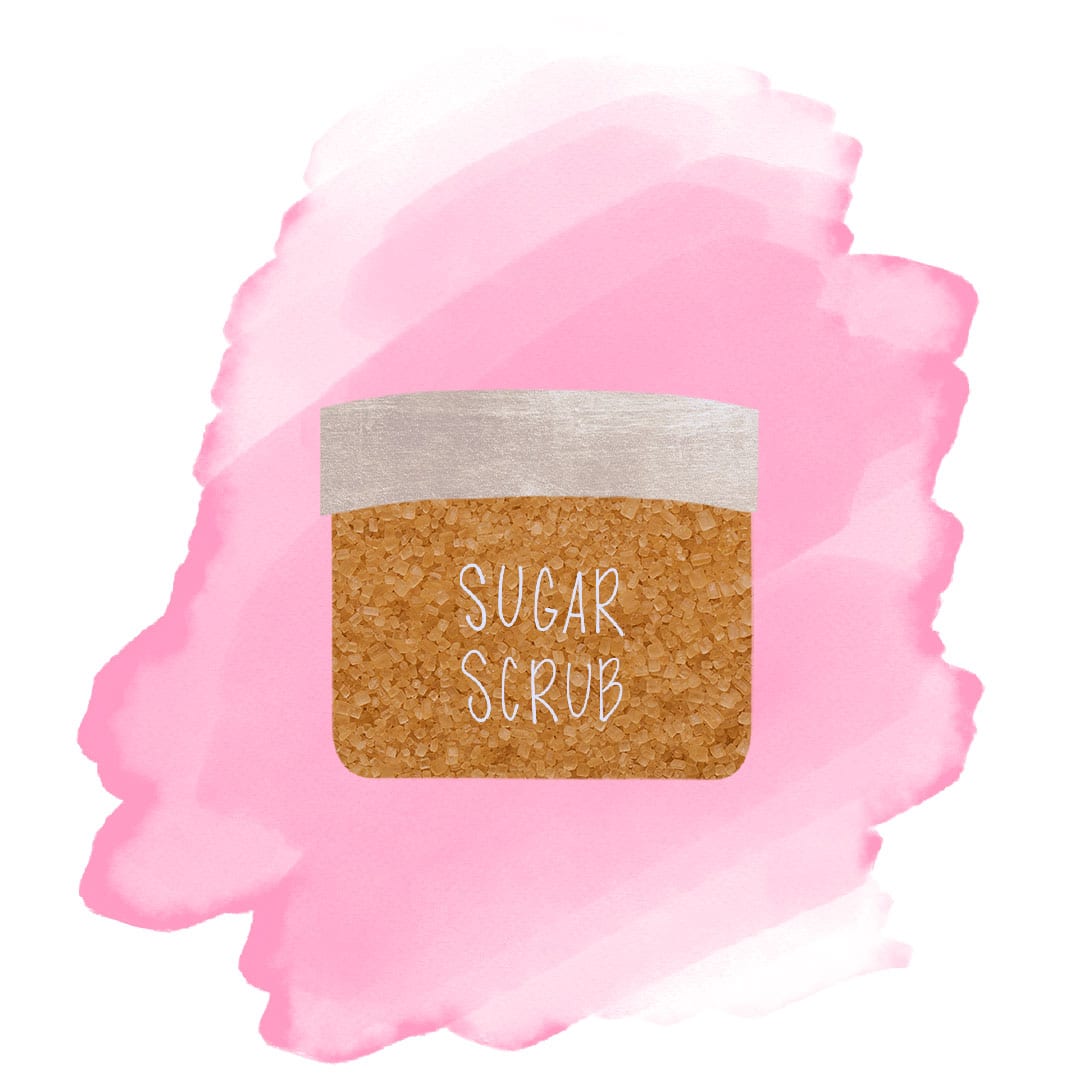
1. Exfoliate
“It’s important to exfoliate well so that the dead skin doesn’t sit on top of the hair,” says Jaliman. “Exfoliation is crucial because it allows for dead skin to be removed,” says Jaliman. “Eliminating dead skin will help you get a closer shave.” To exfoliate the skin, Jaliman suggests using a slightly abrasive cloth. To do so, simply wet the cloth and rub in upward, circular motions. Using a sugar or salt scrub in the shower might also do the trick, as the abrasive texture of both can gently lift away dry skin.
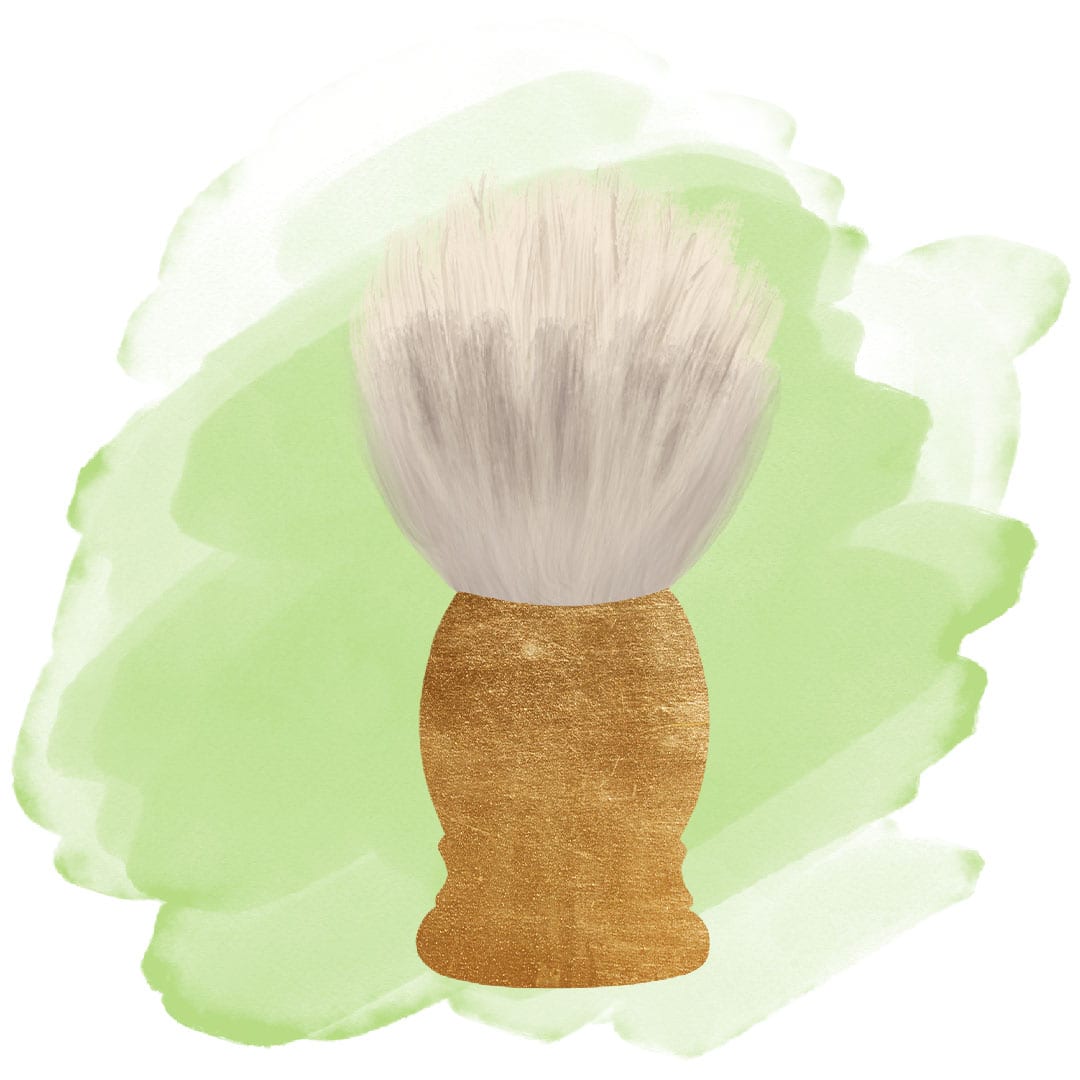
2. Use a Shaving Brush
“Some people that get ingrown hairs have curly hair that coils down on itself and grown [inward],” says Jaliman. To prevent this from happening, she suggests using “a shaving brush when shaving, since it lifts the hair off the skin, making it easier [to shave].” If you wax, exfoliating with a dry brush the day before your hair removal could help lift some of the curly hairs away from the skin and make it easier to remove. You will want to hold off on exfoliating the area post-wax, too — at least until any irritation has gone down.
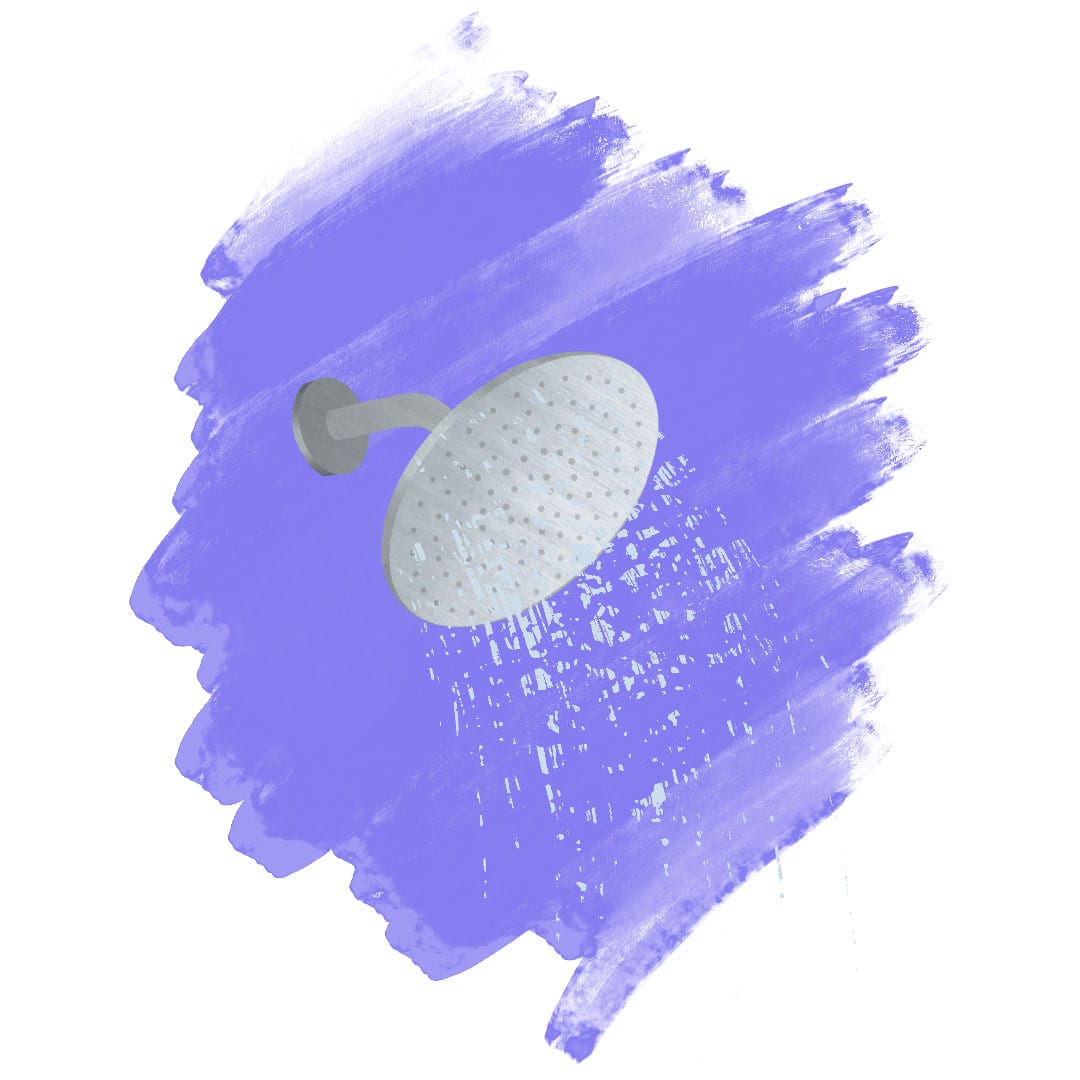
3. Do Not Shave Until The End of Your Shower
“It’s helpful to shave [at] the end of the shower when the hairs are hydrated,” says Jaliman. “Taking a warm shower will cause your pores to open up for a more efficient shave [as] using warm water lessens the chances of your skin becoming irritated and the risk of getting ingrown hairs.” Jaliman also stresses the importance of shaving in the direction that your hair grows, as it gives you a closer shave. On top of that, she warns against shaving too frequently, as “your skin needs time to recover.”
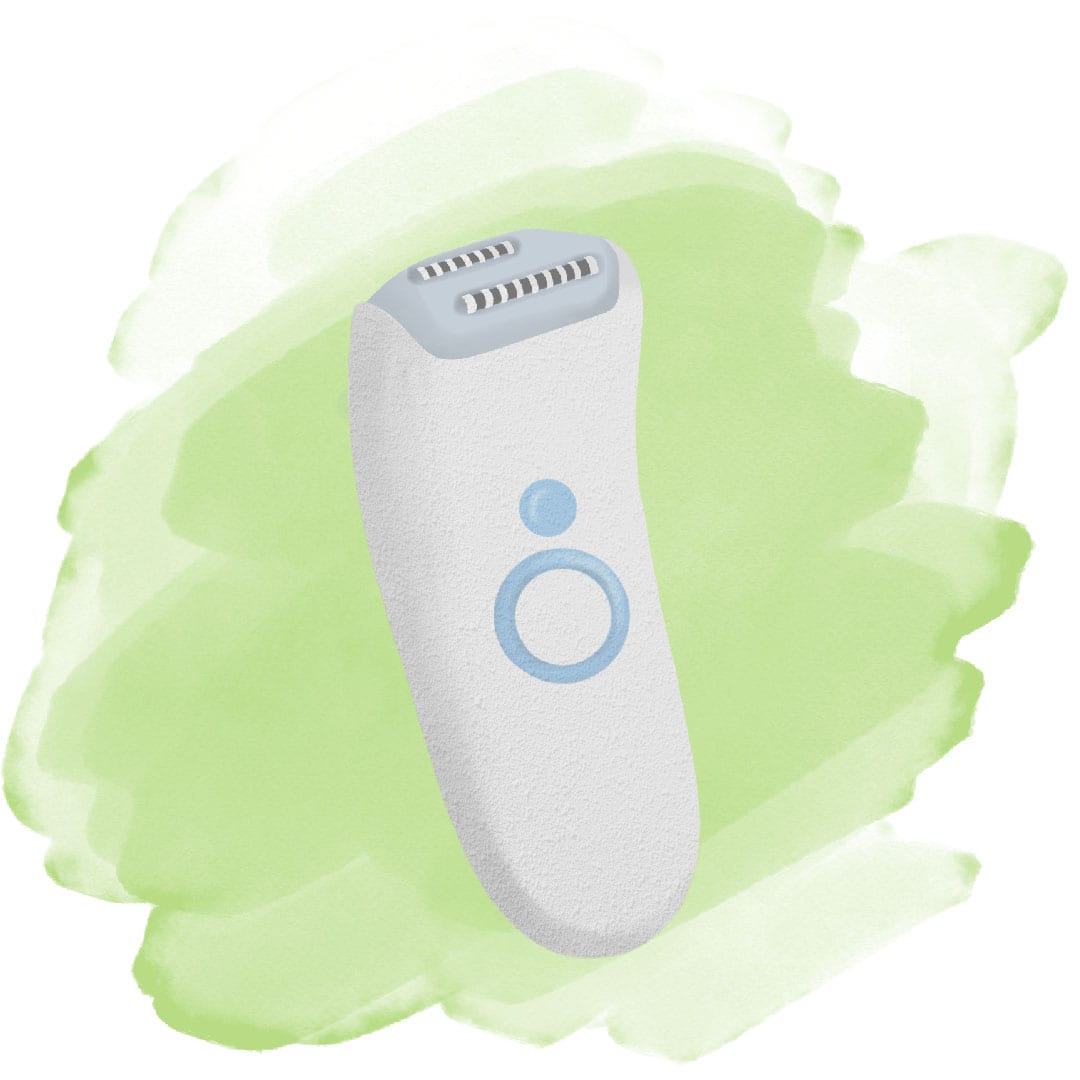
4. Try out New Products
The shaving market is trending more and more toward female-centric razors. You may think it doesn’t make a difference, but trust us, it does. Billie and Flamingo, both direct-to-consumer launches, are just two of the razors for womenkind taking over the market. With razors designed specifically for women (because why would you want to use anything else) the end result is healthy and happy skin. Of course, you may still get ingrown hairs — as they are inevitable — but new products are evolving and meeting more and more skincare concerns.
Additional reporting by Drew Carlos.
We only recommend products we have independently researched, tested and loved. If you purchase a product found through our links, Sunday Edit may earn an affiliate commission.





